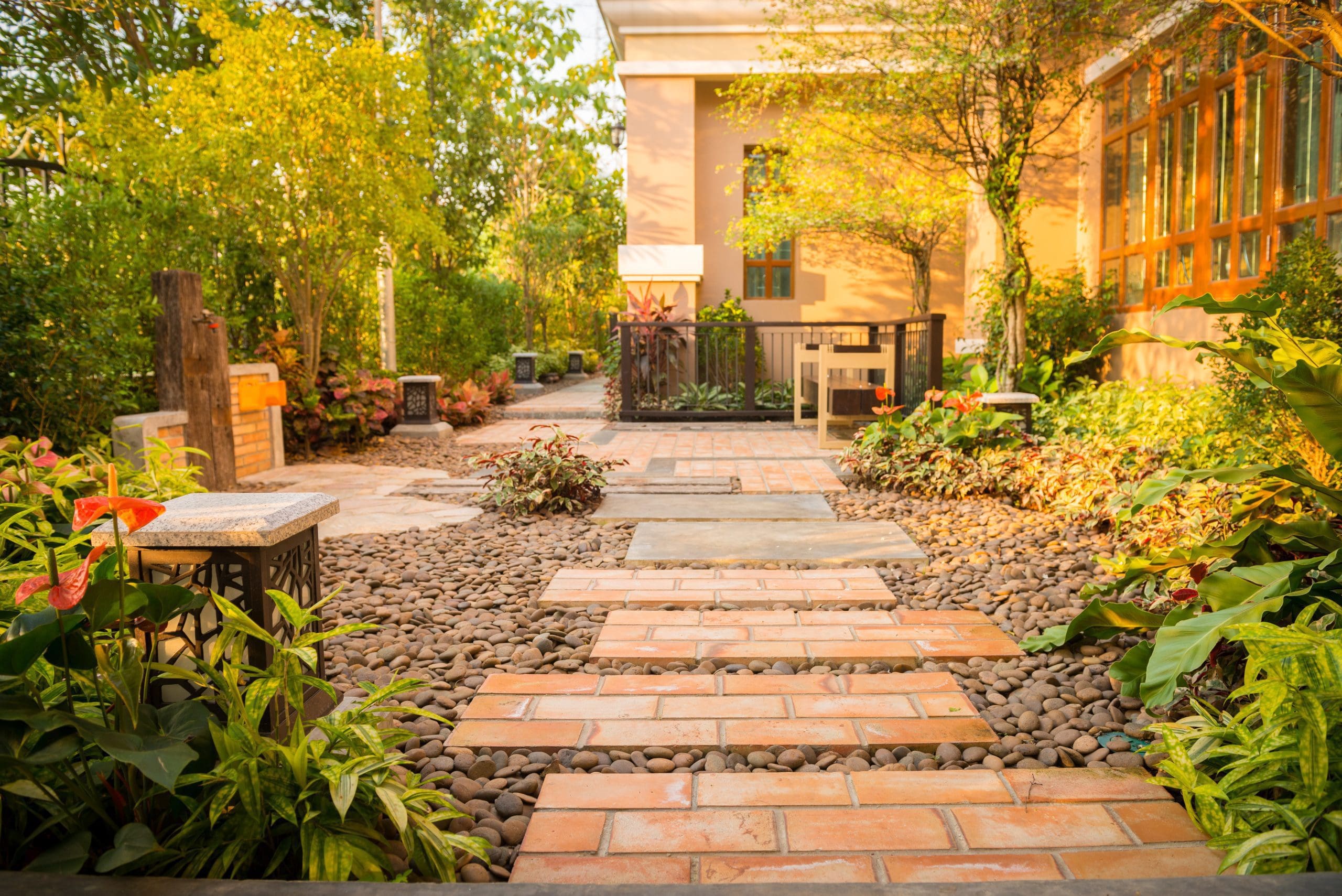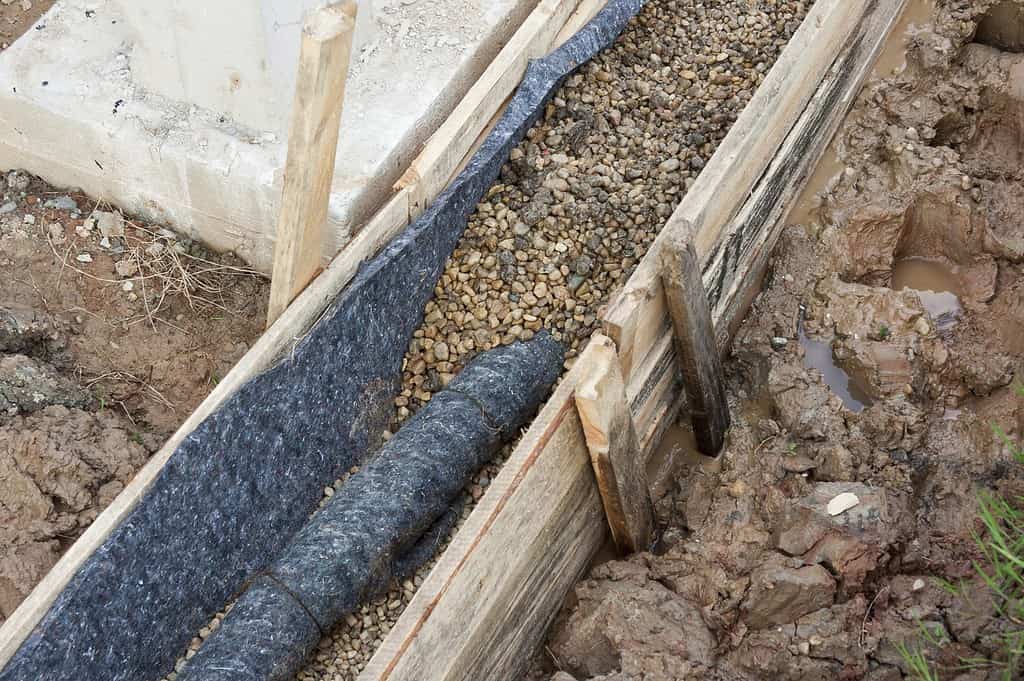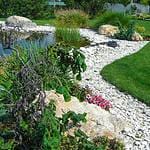
6 Savvy Techniques for Installing Gravel
Gravel is known for being low maintenance, making it one of our favorite landscaping supplies for fuss-free, efficient gardening.
However, as easygoing as it may seem, of course, you want to be meticulous with how you plan to use gravel.
Installing gravel might seem straightforward, but employing the right techniques can make a significant difference in the longevity and appearance of your landscape. Here are 6 techniques to ensure a successful installation.
1. Direct Installation
This is the most basic method where gravel is simply spread over the desired area. It’s ideal for installing gravel in areas of the yard that experience light foot traffic or if you need a temporary coverage solution. While straightforward, direct installation may require occasional raking to maintain an even surface.
2. Gravel Grid Systems
For heavy traffic areas of the yard, or where extra stability is needed, a gravel grid system could be the winning solution.
These are strong interlocking panels made from materials like plastic or permeable concrete. Once installed, gravel is poured into the grids, creating a stabilized surface that prevents gravel migration and enhances load-bearing capacity.
3. Geotextile Fabric Underlay
If combating weed growth and stabilizing the ground are priorities for you, consider layering the ground with geotextile fabric before spreading gravel.
This special fabric acts as a barrier, preventing weeds from penetrating while allowing water to drain freely. It also provides an additional layer of stability, especially on softer ground.

4. French Drain Installation
In areas prone to water accumulation or poor drainage, a French drain system can be integrated with gravel. Best of all, this is a fairly simple DIY project.
A trench is dug, lined with gravel, and perforated pipes are laid within. The entire trench is then filled with gravel, ensuring efficient water collection and drainage.
5. Edging
To maintain the integrity of the area where you’ve installed gravel and prevent stone migration, consider the edging technique.
This consists of adding metal, plastic, or stone borders to keep gravel from spreading and thinning within an area. Plus, it looks great if you want a clean aesthetic with distinct garden areas.
6. Layering Technique
A layered approach can be employed for projects requiring varying gravel sizes or aesthetics. This is also a highly effective method to curb erosion if you’re looking to add gravel to areas prone to holding water.
Start with a larger, coarser gravel at the base for stability, followed by a layer of finer gravel on top to smooth things out.






Leave a Reply